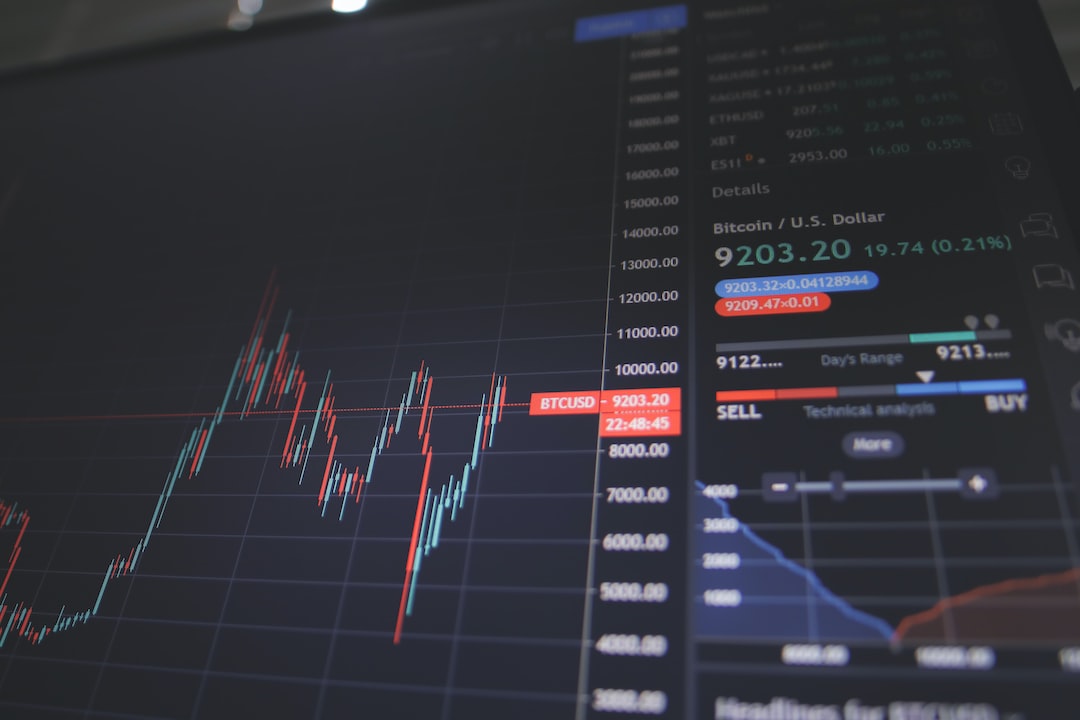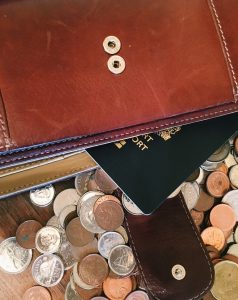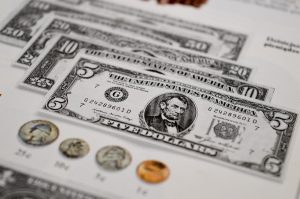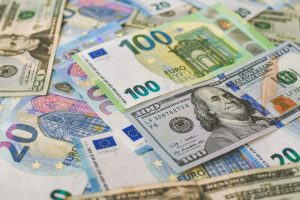Leverage is a common term used in forex trading that refers to the use of borrowed funds to increase the potential return on investment. In simple terms, leverage allows traders to control larger positions in the market with a smaller amount of capital. It is essentially a way to magnify the potential profits or losses of a trade.
Forex brokers offer leverage to their clients as a way to increase trading volume and attract more traders. The amount of leverage offered varies from broker to broker, but it can range from 1:1 to as high as 500:1. This means that for every $1 of capital a trader has, they can control up to $500 worth of currency in the market.
While leverage can be a powerful tool in forex trading, it is important to understand that it also comes with a significant amount of risk. The higher the leverage, the greater the potential for profit or loss. A trader who uses high leverage can make large profits if the trade goes in their favor, but they can also face significant losses if the market moves against them.
To better understand how leverage works in forex trading, let’s take a look at an example:
Suppose a trader has $1,000 in their trading account and wants to buy 10,000 units of a currency pair at a price of 1.2000. Without leverage, the trader would need to use the entire $1,000 to make this trade. However, if the broker offers 100:1 leverage, the trader can control a position size of $100,000 with just $1,000 in their account.
In this scenario, the trader is using leverage of 100:1. This means that for every $1 of their own money, they are controlling $100 in the market. If the trade goes in their favor and the price of the currency pair increases to 1.2200, the trader will make a profit of $200 (10,000 units x 0.0200). However, if the trade goes against them and the price decreases to 1.1800, the trader will lose $200.
It is important to note that while leverage can increase potential profits, it also increases potential losses. In the above example, if the trader had used all of their $1,000 to make the trade without leverage and the market had moved against them, they would have only lost $200. However, with 100:1 leverage, they would have lost their entire trading account.
As a result, it is crucial for traders to use leverage responsibly and to have a solid risk management plan in place. This includes setting stop-loss orders and limiting the amount of capital used for each trade. It is also important to have a thorough understanding of the market and the currency pairs being traded.
In conclusion, leverage is a powerful tool in forex trading that allows traders to control larger positions with a smaller amount of capital. It can increase potential profits, but it also increases potential losses. Traders should use leverage responsibly and have a solid risk management plan in place to minimize their exposure to market volatility.





